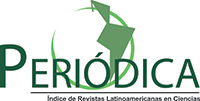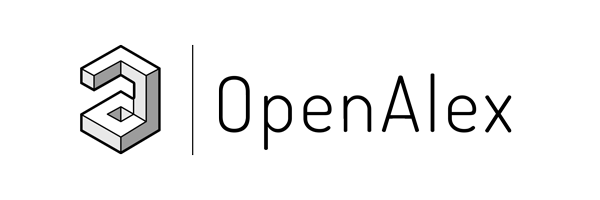In memory José Antonio González Fernández
(1937–2021)
DOI:
https://doi.org/10.21041/ra.v12i1.577Keywords:
--Abstract
José Antonio González Fernández (1937–2021), left us in May 2021 after a fruitful life and excellent scientific career dedicated to research and the training of researchers. Great teacher and best person, tireless researcher who has dedicated all his knowledge and effort to the advancement of scientific knowledge. We are both one of the first and the most recent of his wardships.
In my case (Carmen) I met José Antonio at CENIM after coming into contact with Sebastián Feliu. I had just joined the Eduardo Torroja Institute where I was going to develop my Doctoral Thesis under the direction of José Calleja, the Head of the Chemistry Department. It was Calleja who suggested to me as the first topic to study the corrosion of the armor, since he had already written some work and it seemed to him of enormous importance. When I accepted it, he immediately suggested that I visit Dr. Feliu, Head of the Corrosion Department at CENIM, who directed me to the course he was giving for a doctorate in the Metallurgy chair at the Complutense University. José Antonio was then in Germany specializing in high temperature corrosion. When he returned to the laboratory a few months later, Feliu indicated that he would be the one to whom I should direct my questions. Thus, we began a fruitful collaboration in those early years until at the beginning of the 2000s my responsibilities as President of international organizations prevented me from continuing the close relationship that we had maintained for more than two decades. We had to start directing theses separately and thus continue on the same topics, but along parallel paths.
In my case (David), I had the privilege of learning with José Antonio all about Corrosion in Reinforced Concrete Structures. His scientific excellence, passion and vocation were adjectives that have accompanied and distinguished him throughout his exemplary scientific career. I also want to thank José María Bastidas for the training and scientific rigor, who is an example of research excellence at the Jose Antonio school. During my time at Cenim with José Antonio, we were pioneers in the study of the mechanisms of corrosion and passivity of steel reinforcements embedded in fly ash, a study that has had a great impact on the advancement of knowledge of the corrosion of reinforced concrete structures for his vision in the application of geopolymers as cementitious materials. In addition, you can learn with José Antonio the fundamentals of the application of galvanostatic / potentiostatic pulses for the determination of the polarization resistance through the time constant of the relaxation process for the evaluation of corrosion rate in reinforced concrete structures. I had the pleasure of accompanying him to Nashville, TN (USA), where José Antonio was awarded on the occasion of the recognition received by NACE International with the Frank Newman Speller Award in 2007, an award of merit for which he has been distinguished for his contribution to the study, diagnosis and prevention of corrosion in reinforced concrete structures. In Memory of José Antonio and to pay tribute to him, this coming year 2022, organized by the Association for Materials Protection and Performance (AMPP) and chaired jointly with Nick Birbilis, will take place a Special Symposium on Corrosion of Reinforced Concrete Structures. Among the great virtues of José Antonio, he highlighted his great capacity and generosity in training new researchers. His great talent has been an excellent example for all of us and a source of inspiration, which he always transmitted from the side of effort and tenacity, without which, the reaction would not reach its balance.
José Antonio was always available to his collaborators and was a tireless, willful worker with a lot of self-love. On a personal level, he had a very withdrawn humor, which at times was not easy to grasp, but which was always precise, timely, and intelligent.
José Antonio's great contributions to the science of corrosion have been very notable for their international scope, where he has cultivated extensive and close relationships that have contributed to training great researchers in the international framework, being a benchmark in Ibero-American countries. Always, from the Corrosion Department of the CENIM (CSIC), where he retired a few years ago. In addition to his studies on stainless steel, which he later extended to the case of this metal reinforcement in concrete, his contributions in the use of electrochemical techniques are very important. Among them, we must mention the work with Feliu, Fullea and Andrade on the application of the Polarization Resistance (Rp) measurement both in sulfuric acid / lead and in concrete, both of which resulted in immediate international recognition, in a few years in which The use of this way of measuring corrosion rate was highly questioned. The gravimetric verification of electrochemical losses, a verification imported from atmospheric corrosion studies where only weight losses are measured, were a crucial milestone in taking a giant step forward in demonstrating the reliability of the technique. The extension of the use of the Rp technique to large concrete structures is due to an initial impulse from Feliu, who managed to solve the mathematical equations involved and was the one who suggested the use of a guard ring, but these ideas would not have been possible without the tireless work of Jose Antonio, among others, to produce a portable corrosimeter to measure the corrosion rate with the Geocisa company and the Torroja Institute, which is still the most accurate of those marketed today.
In concrete, José Antonio diligently studied many aspects of armor corrosion such as the effect of temperature, the use of inhibitors, the application of electrochemical impedance, the use of stainless steel reinforcement, re-alkalization, and the extraction of chlorides. and a long etc. In other areas he contributed in the areas of the Corrosion Department, such as the passivation of stainless steel in acidic media, that of aluminum and its anodization, or atmospheric corrosion.
It is very noteworthy the books he wrote on various topics of corrosion, the use of electrochemical techniques or the corrosion of armor. These books are testimony to his teaching ability and his meticulousness and rigor.
For his work he received, among others, the NACE “Frank Newman Speller Award” in 2007 for this valuable contribution to corrosion monitoring, diagnosis, and prevention of reinforced concrete Structures”. He chose as his lecture the topic “Prediction of Reinforced Concrete Structure Durability by Electrochemical techniques” which was published in Corrosion 63, 9 (2007): p. 811-818.
A companion of trips to congresses, of long hours measuring potentials and currents in the laboratory, and of endless scientific discussions, he rests in peace. Your teachings will serve for several generations that owe you tribute for your research vocation, scientific intuition, ability to design complex trials, rigor in the analysis of results and above all dedication, a lot of dedication to all your collaborators.
In memory of José Antonio González, great among the greats, thank you for all the knowledge and know-how that you have taught and transmitted to us. We'll miss you very much. May this memory serve to express our most sincere condolences to his entire family, his wife Mari Luz, his son José Severo, and his daughters Paloma, Mari Nieves, and Susana.
By Carmen Andrade* and David M. Bastidas**
* International Center for Numerical Methods in Engineering (CIMNE) - Madrid- Spain
** National Center for Education and Research on Corrosion and Materials Performance, NCERCAMP-UA, Dept. Chemical, Biomolecular, and Corrosion Engineering, The University of Akron, United States
Downloads
References
--
Downloads
Published
How to Cite
Issue
Section
License
_______________________________
License in effect from September 2020
You are free to:
- Share — copy and redistribute the material in any medium or format for any purpose, even commercially.
- Adapt — remix, transform, and build upon the material for any purpose, even commercially.
- The licensor cannot revoke these freedoms as long as you follow the license terms.
Under the following terms:
- Attribution — You must give appropriate credit , provide a link to the license, and indicate if changes were made . You may do so in any reasonable manner, but not in any way that suggests the licensor endorses you or your use.
- No additional restrictions — You may not apply legal terms or technological measures that legally restrict others from doing anything the license permits.
Notices:
You do not have to comply with the license for elements of the material in the public domain or where your use is permitted by an applicable exception or limitation .
No warranties are given. The license may not give you all of the permissions necessary for your intended use. For example, other rights such as publicity, privacy, or moral rights may limit how you use the material.

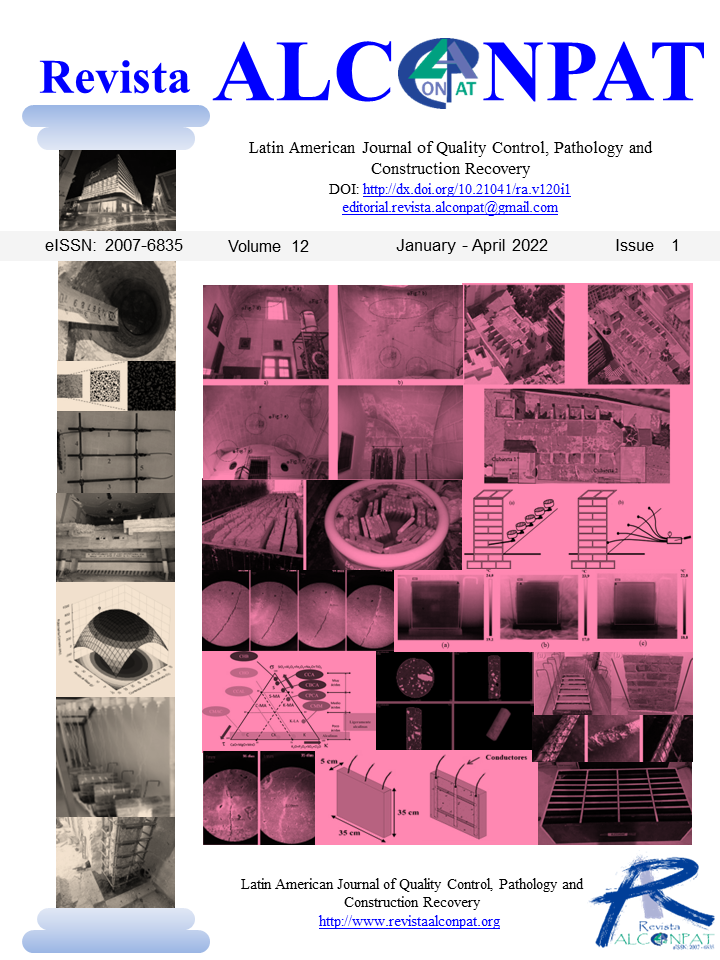













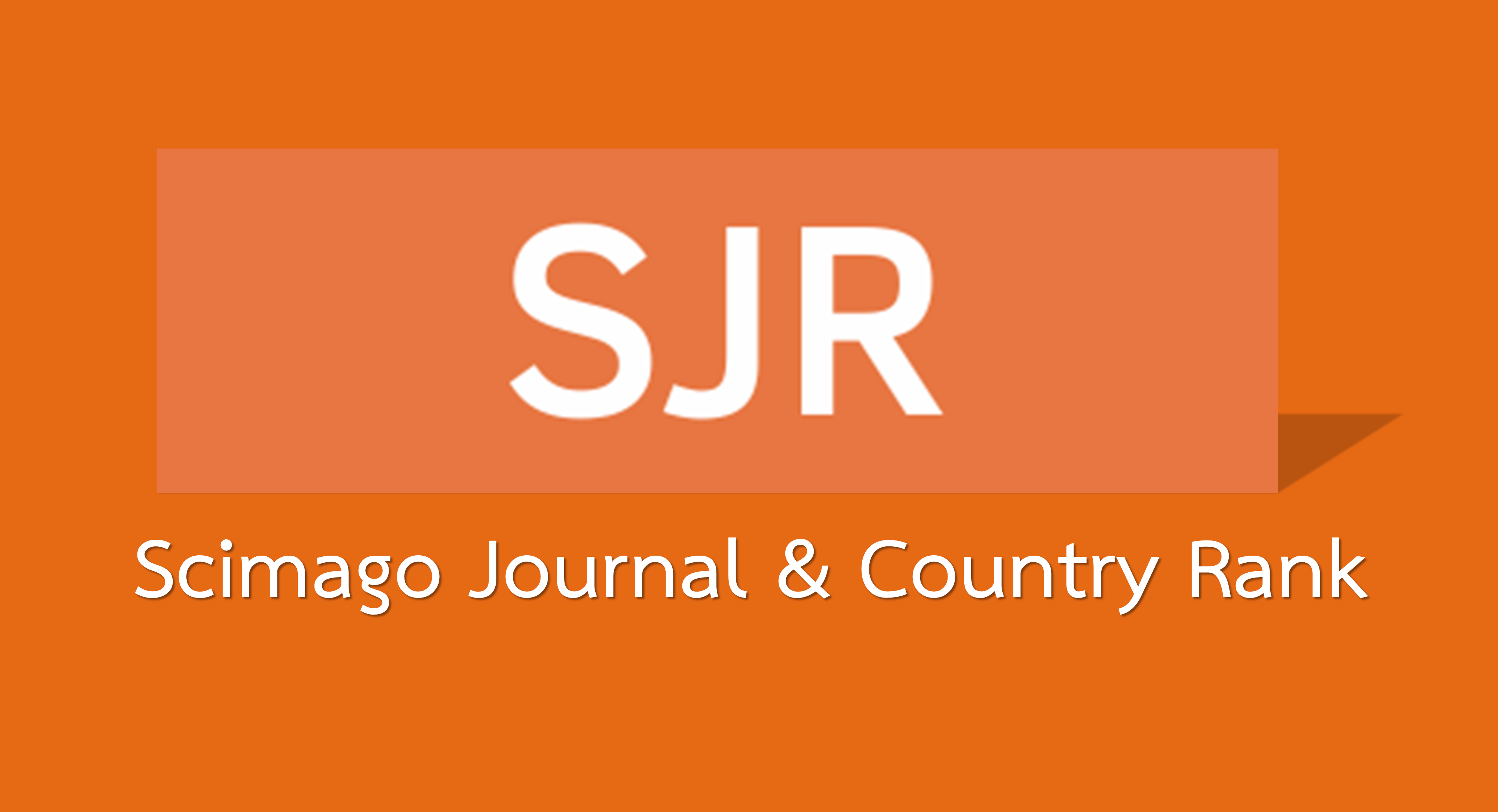
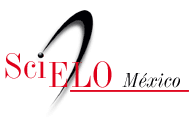



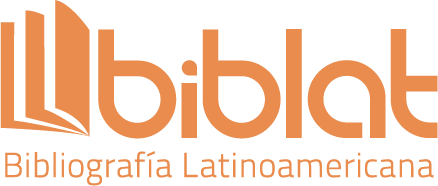
.png)

